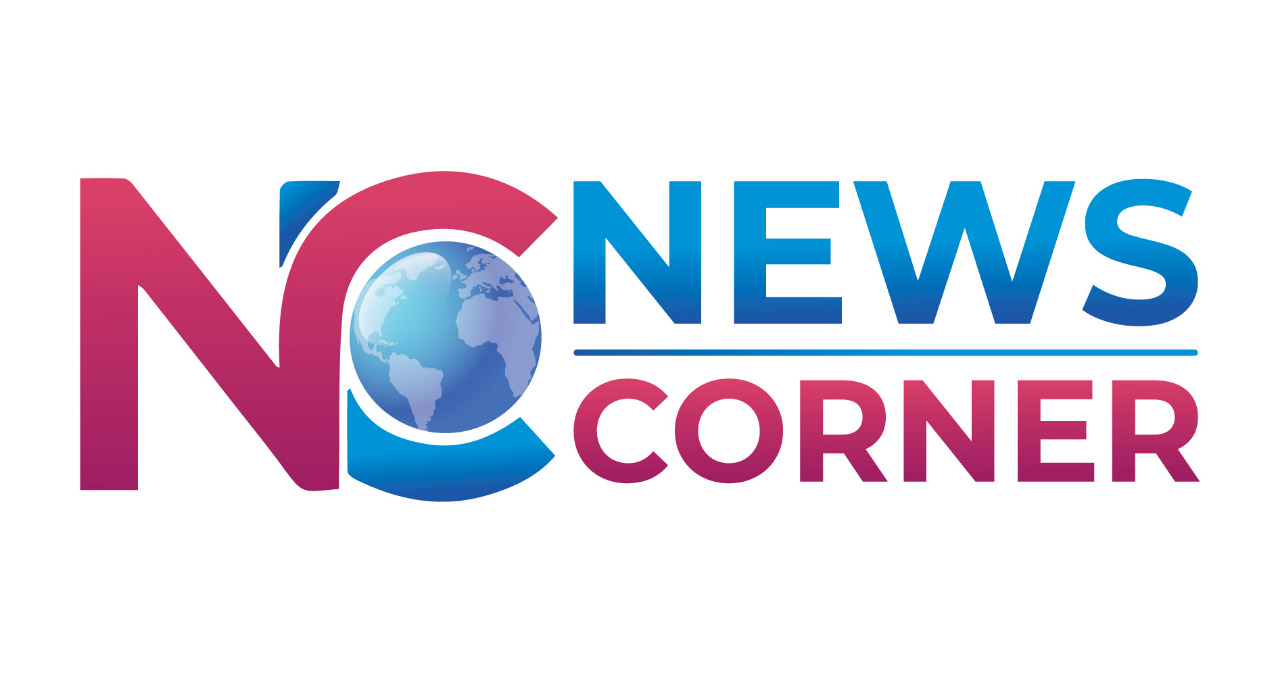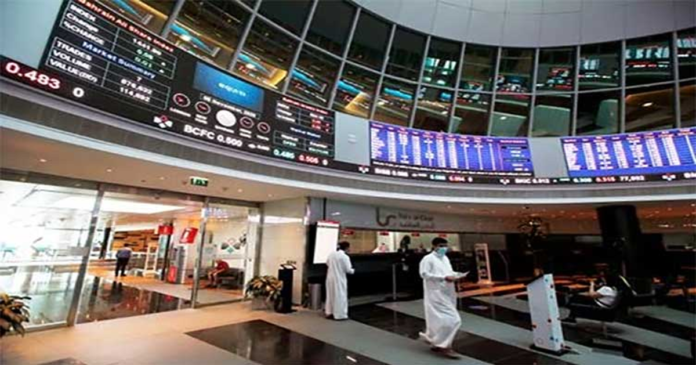The Saudi index extended losses from the previous session, but most stock markets in the Gulf closed the day higher despite the U.S. Federal Reserve’s harsh monetary policy position.
Most Gulf markets gain: The Fed kept interest rates unchanged on Wednesday and predicted a hike by year’s end, noting that monetary policy will likely be much tighter than originally anticipated through 2024.
Since the majority of regional currencies are pegged to the U.S. dollar, the Fed’s decision often informs the monetary policy of the six-member Gulf Cooperation Council.
Emaar Properties, a well-known developer, had a 6.4% increase, helping Dubai’s main share index climb by 1%.
Abu Dhabi’s index increased by 0.2%.
Higher interest rates are typically detrimental to economic growth, but the United Arab Emirates is better positioned to withstand rate increases than other major economies due to its stable demographics, advantageous location, diversification, and thriving tourism industry, according to Vijay Valecha, chief investment officer, Century Financial.
With petrochemical producer Industries Qatar up 0.9% and Qatar Navigation finishing 3.3% higher, the Qatari benchmark increased by 0.3%.
Al Rajhi Bank’s 1.5% reduction and Saudi Aramco’s 0.5% decline contributed to a 1% decline in Saudi Arabia’s benchmark index.
Oil prices, a major driver of the Gulf’s financial markets, dropped after marking their worst drop in a month the previous session as the anticipation of a Fed rate hike outweighed the impact of the reductions in U.S. oil stockpiles.
Outside of the Gulf, Egypt’s blue-chip index rose 1.4% to reach its highest point as most of its participants, including Commercial International Bank, were in the green.

